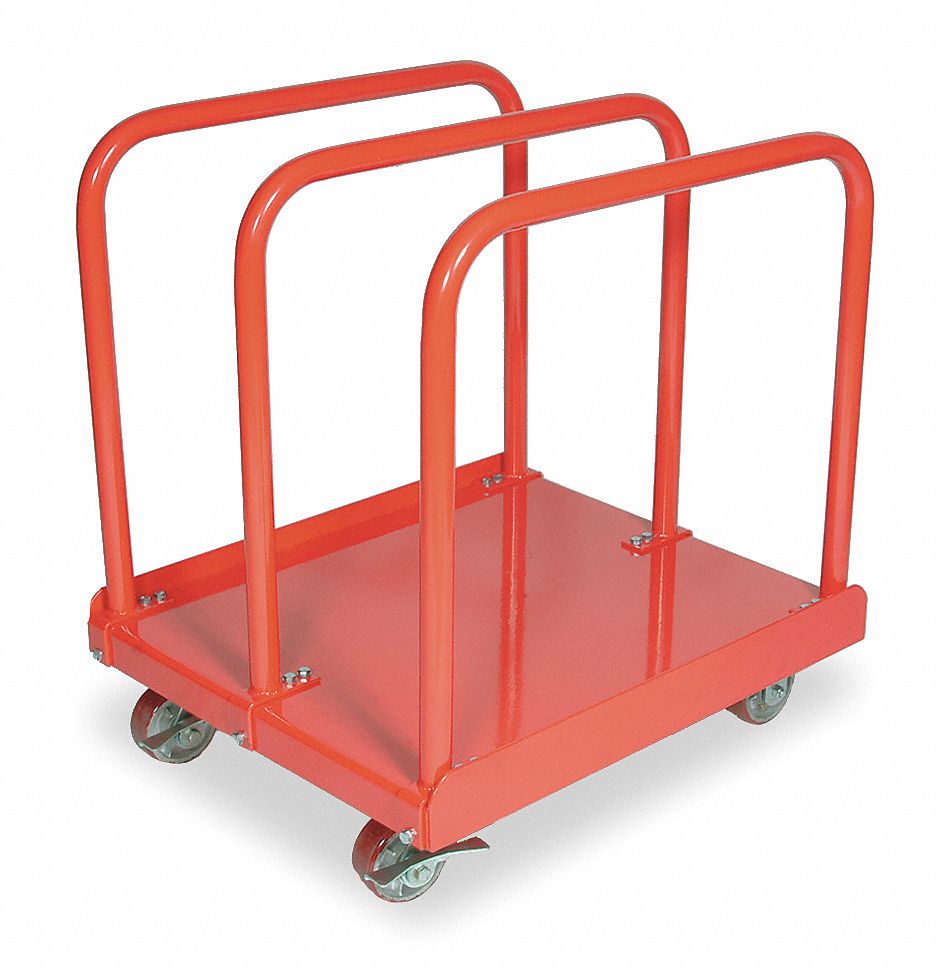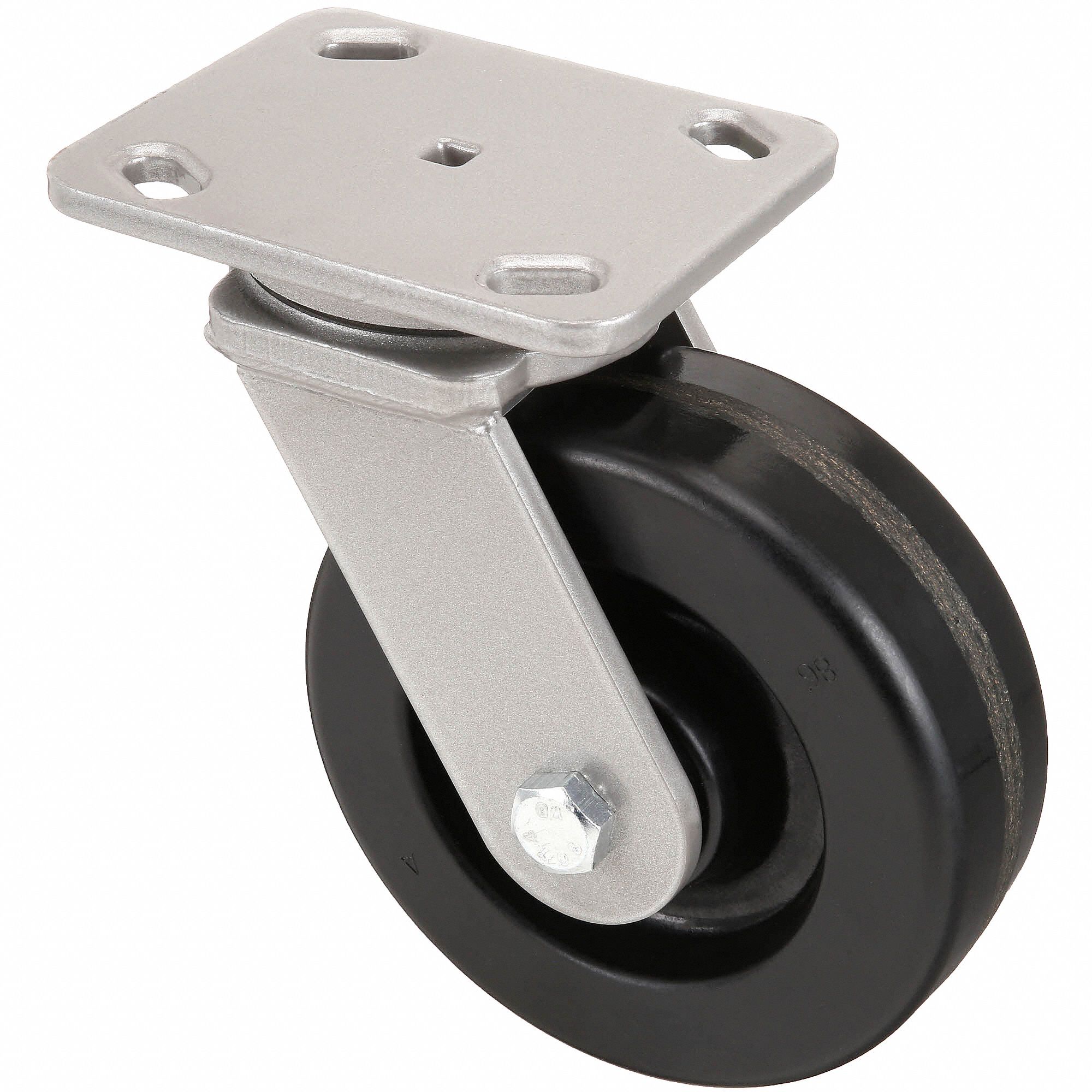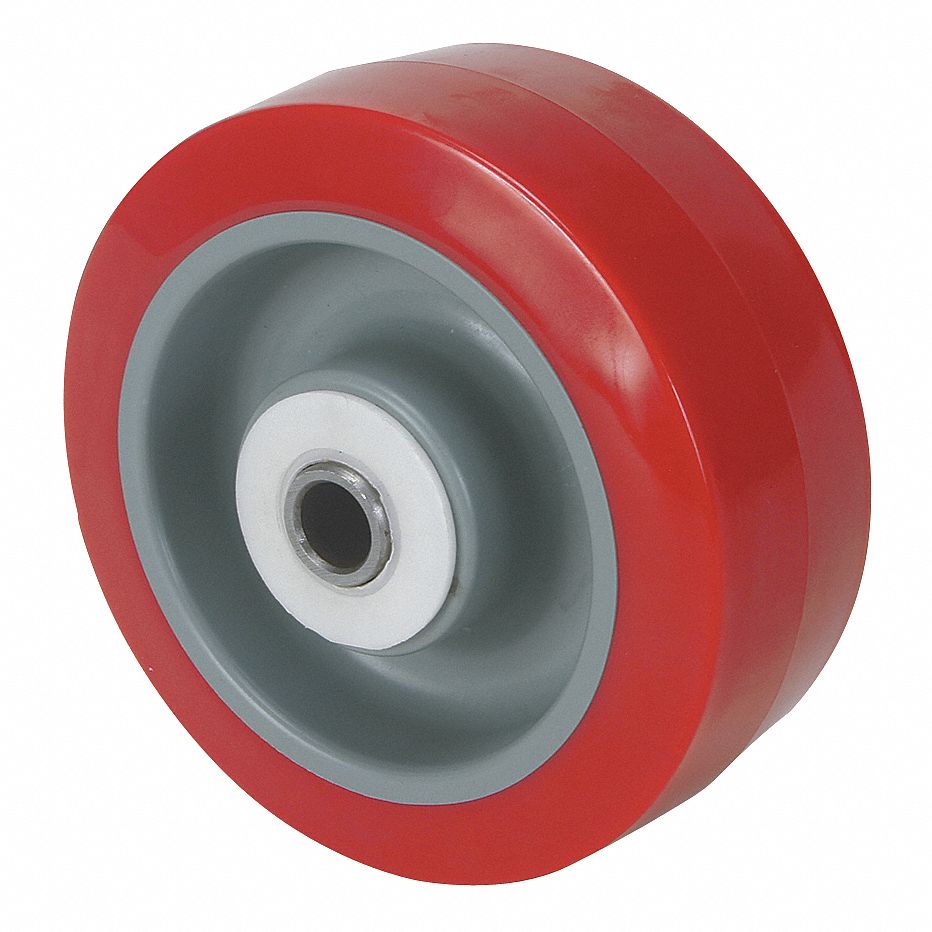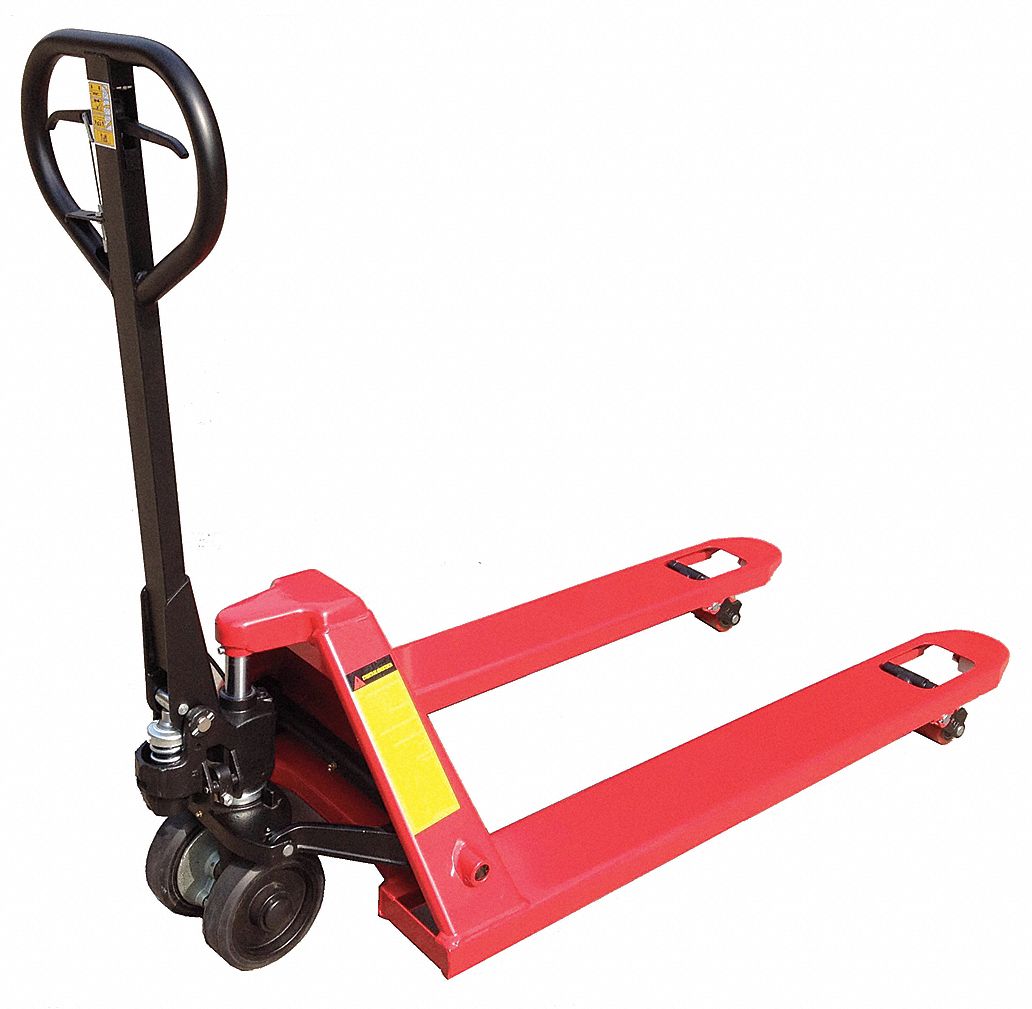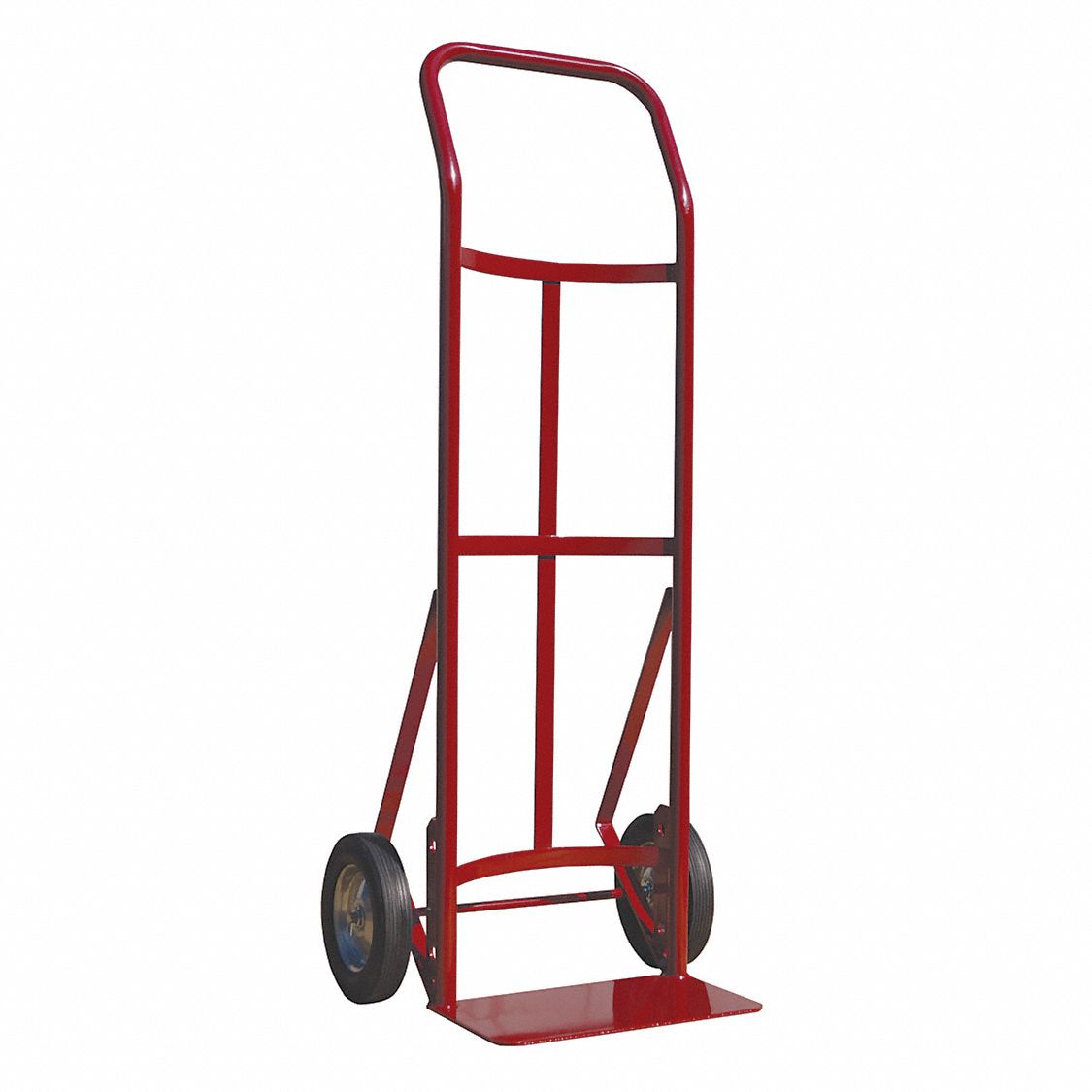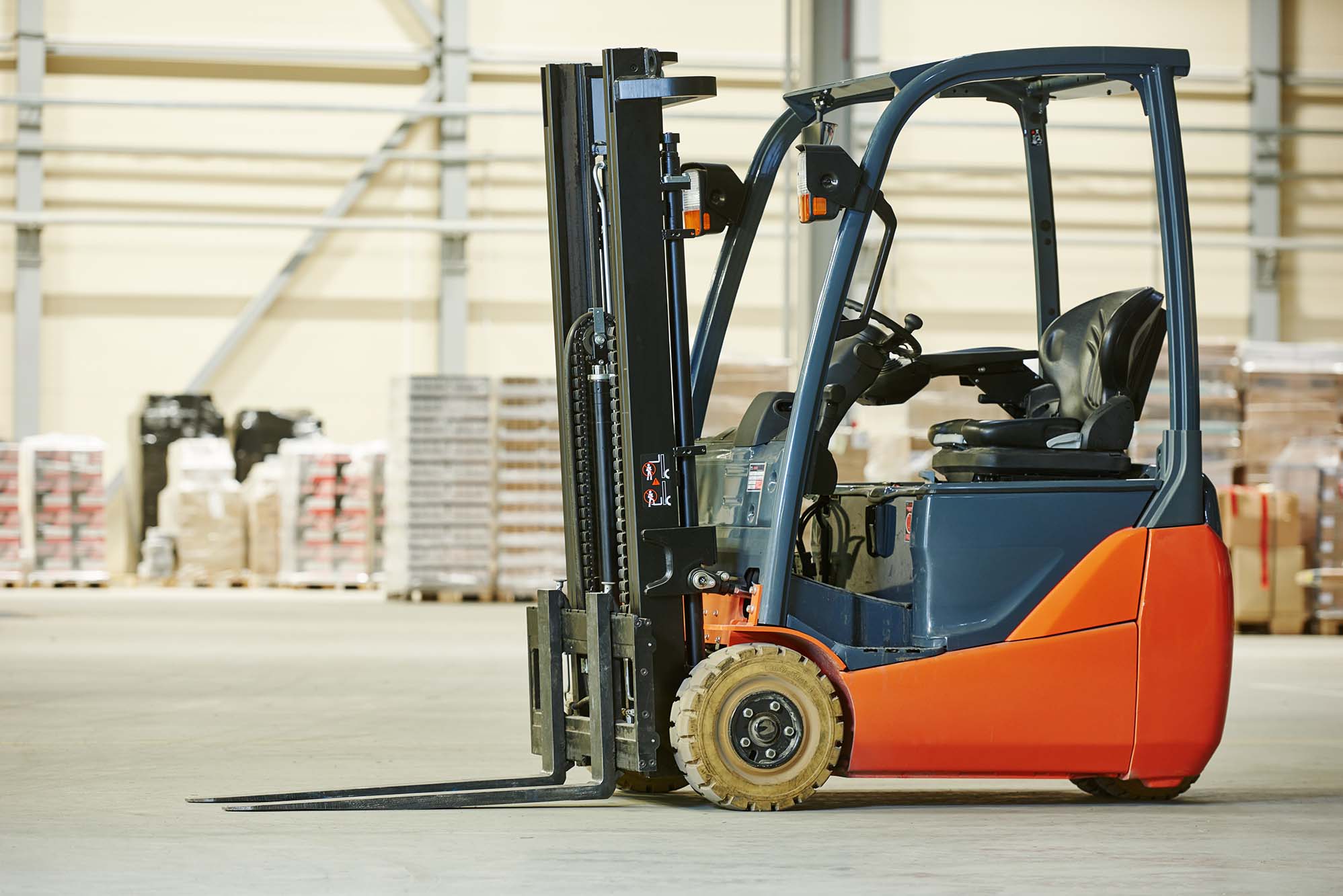

Who's in the Driver's Seat? How Remote Forklifts Could Change Your Warehouse
By Grainger Editorial Staff 7/14/22


Staffing has often been challenging in the warehousing and fulfillment sector, and the pandemic has only made it more difficult. Warehouse automation has looked like a promising solution. But the warehouse of the future—where fleets of robots zoom through the aisles and there's hardly a human in sight—seems like it's always just around the corner.
Today, a handful of startups are offering a different solution. Instead of developing fully robotic vehicles that can replace workers, they're creating technologies that allow workers to do their jobs from a distance. Remote forklift technology is emerging as a viable alternative to in-person equipment operators, and some of America’s biggest logistics firms are getting involved.
Remote, not Robotic
So how does it work? Remote forklifts are outfitted with wraparound cameras, microphones, and speakers that allow the operator to see the machine’s environment in real time and talk to colleagues on the warehouse floor. These vehicles are always under the control of human drivers.
This human control makes them very different from truly autonomous forklifts (often called autonomous guided vehicles, or AGVs) controlled by a computer without human intervention.
AGVs can be powerful tools in the right situation, but the current technology has a major downside—its lack of flexibility. AGVs will work tirelessly along a preprogrammed route, but they're likely to freeze up if they encounter a problem like an obstacle in their path or a damaged pallet. Today's AGVs can't problem-solve or think on the fly, so they're best suited for highly repetitive tasks under tightly controlled conditions.
Remote forklifts offer more flexibility. A human operator will be capable of detouring the forklift around blocked aisles or dropping its load at an alternate destination if the designated slot is full. And a remote forklift operator can be assigned new tasks without reprogramming.
5 Advantages of Remote Forklift Operation
Remote forklifts also offer some distinct advantages over traditional industrial vehicles. Here are five, starting with staffing:
A remote forklift operator can work from practically anywhere, which means drivers can be recruited from less competitive labor markets, where the cost of living is lower.
Remote work is safer from an injury perspective. Forklifts were involved in 7,290 missed-time accidents in 2020, including 78 fatalities, according to the National Safety Council. Remote forklifts allow drivers to operate from the safety of home.
Remote operators are more flexible. They can log on at a moment’s notice, and they can switch trucks seamlessly. Remote operators also don’t need to drive to the warehouse to pick up an extra shift, so they may have more opportunity to log in and pick up weekend or evening hours.
They’re not tied to a single truck. When a remote driver finishes unloading a trailer on the dock, they can park the forklift and instantly take control of a truck on the opposite side of the facility—or in an entirely different warehouse. Less time spent walking means more time driving.
Remote operators do not have to deal with the elements. Temperature stress is a significant safety and wellness issue for many workers. But remote drivers won’t get fatigued by spending long hours in the elements.
Of course, there are limits to what remote drivers can do. They can’t help maintain the forklift or perform other tasks inside the warehouse. So you’ll still need workers on site who can literally lend a hand when problems arise. But for surge staffing and routine pallet handling, remote drivers might play a big role in the future of logistics.
The information contained in this article is intended for general information purposes only and is based on information available as of the initial date of publication. No representation is made that the information or references are complete or remain current. This article is not a substitute for review of current applicable government regulations, industry standards, or other standards specific to your business and/or activities and should not be construed as legal advice or opinion. Readers with specific questions should refer to the applicable standards or consult with an attorney.

